XBLW LM2576S Series Is A New 3A Current Output Buck Switch Regulated Integrated Circuit
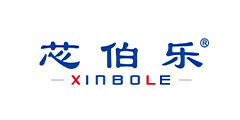
Catalogue
1.Series model
2.Main characteristics
3.Pin function4.parameter
4.parameter
5.Application circuit
6.Application product
7.Matters needing attention
XBLW LM2576S series is a 3A current output buck switch regulated integrated circuit designed and produced by SinbBLo. After several improvements and optimization by the design team, it is now fully launched on the market. It contains a fixed frequency oscillator (52kHz) and a reference regulator (1.23V), and has a perfect protection circuit, including current limiting and thermal shutdown circuit, the use of the device requires only a few peripheral devices to form an efficient voltage regulator circuit.
①Series model
The XBLW LM2576S series has a maximum input voltage of 40V, and the series is available in 3.3V,5V,12V and ADJ voltage versions, in addition to the chip provides an external control pin for the operating state.
②Main feature
The main features of the XBLW LM2576S series switching voltage regulator IC are as follows、
(1) Maximum output current: 3A;
(2) Maximum input voltage: XBLW LM2576S is 45V;
(3) Output voltage: 3.3V, 5V, 12V, 15V and ADJ(adjustable) optional;
(4) Vibration frequency: 52kHz;
(5) Conversion efficiency: 75%~88%(different voltage output efficiency is different);
(6) Control mode: PWM;
(7) Operating temperature range: -40℃ ~+125℃
(8) Working mode: normal two modes can be controlled externally;
(9) Working mode control: TTL level compatible;
(10) Required external components: only four (non-adjustable) or six (adjustable);
(11) Chip protection: heat off and current limit
(12) Package form: TO-220 or TO-263-5L
③Pin function
XBLW LM2576S pin feature
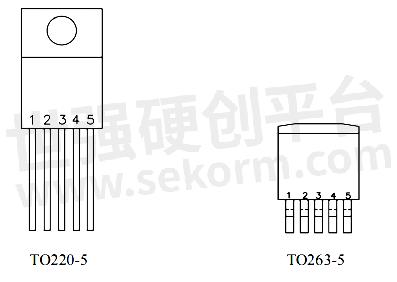
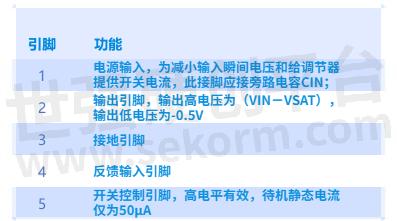
④parameter
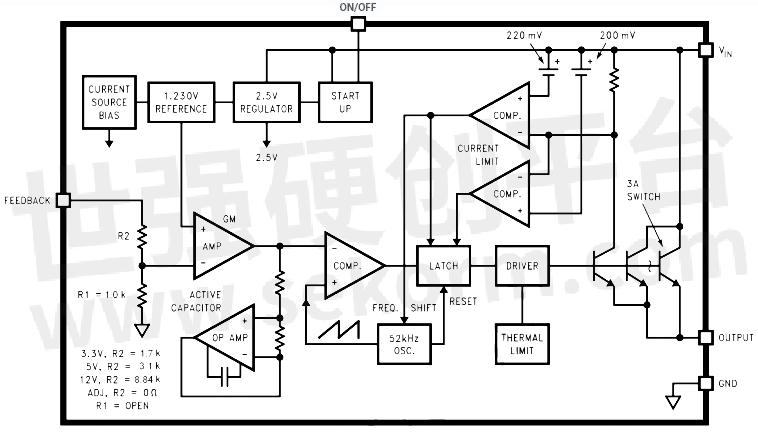
XBLW LM2576S contains 52kHz oscillator, 1.23V reference voltage regulator circuit, thermal shutdown circuit, current limiting circuit, amplifier, comparator and internal voltage regulator circuit. In order to produce different output voltages, the negative end of the comparator is usually connected to the reference voltage (1.23V), and the positive end is connected to the divider resistance network, so that different resistance values can be selected according to the different output voltages, where R1=1kΩ (adjustable -ADJ when open circuit), R2 is 1.7 kΩ (3.3V), 3.1 kΩ (5V), 8.84 kΩ (12V), 11.3 kΩ (15V), and 0 (-ADJ), and these resistors have been precisely adjusted inside the chip depending on the model, so they do not need to be considered by the user. The output of the output voltage divider resistor network is compared with the internal reference voltage regulator value of 1.23V. If the voltage is deviated, the amplifier can be used to control the input ratio of the internal oscillator, so that the output voltage is stable.
⑤Application circuit

Fixed voltage output circuit +5V
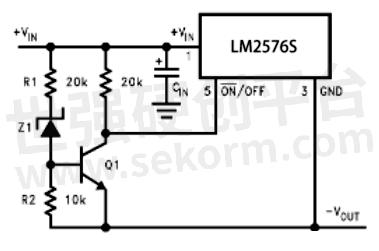
Negative voltage output circuit

Undervoltage buck circuit lock circuit
⑥Application product
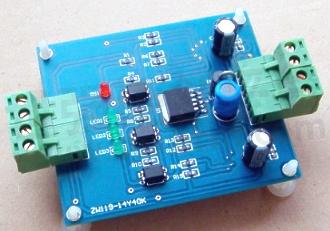
XBLW LM2576S-5.0 High current DC motor drive board
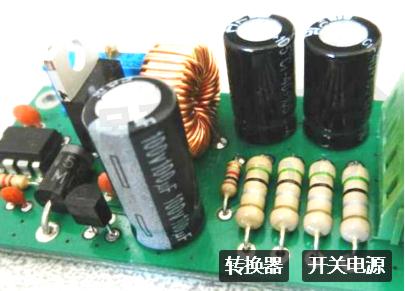
XBLW LM2576S ADJ Adjustable switching power supply
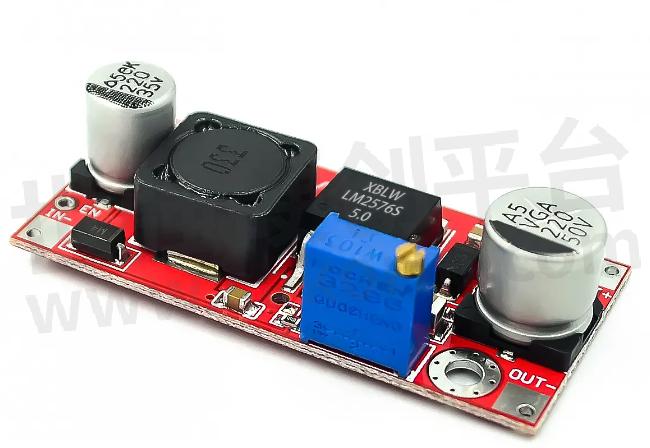
XBLW LM2576S-5.0 Power module
⑦Matters needing attention
In any Switching Regulator, the layout of the printed circuit board is important. Due to the inductance of the lead, the rapidly switched current can cause transient voltage, causing many problems. In order to minimize the inductance and grounding loop, it is necessary to use a thick line to mark the lead as short as possible. For best results, a single point ground or ground plane structure should be used. When using an adjustable type of regulator, the regulator resistance should be placed as close to the regulator as possible to keep the sensitive feedback wiring as short as possible.
- +1 Like
- Add to Favorites
Recommend
- XBLW Showcased Linear Voltage Regulator XBLW AMS1117, RS-485/RS-422 Chip MAX3485 and Other Product in 2023 ES SHOW
- Application Of XBLW Products On Fascia Guns
- Xinbole (XBLW) Attended the Shanghai Munich Electronics Show, July 8-10, 2024
- Real-Time Clock (RTC) Chips XBLW DS1302 & DS1307: Powerful And Reliable
- 20V 5A DC Bidirectional Motor Driver Circuit Chip - XBLW CP2119, with A Working Voltage Range of 3V to 20V, Compatible for SS6285L
- Programmable Resolution Single-Bus Temperature Sensor - XBLW DS18B20 Offers Temperature Measurement With A Resolution of 9 To 12 Bits
- About XBLW MC34063 DC-DC Converter Control Circuit Test Share
- The Linear Regulator XBLW AMS1117 with Output Current Capability up to 1A and Output Voltage Accuracy of ±1.5%
This document is provided by Sekorm Platform for VIP exclusive service. The copyright is owned by Sekorm. Without authorization, any medias, websites or individual are not allowed to reprint. When authorizing the reprint, the link of www.sekorm.com must be indicated.





























































































































































































































































































































































































































































































































































































































































































































































































































































































